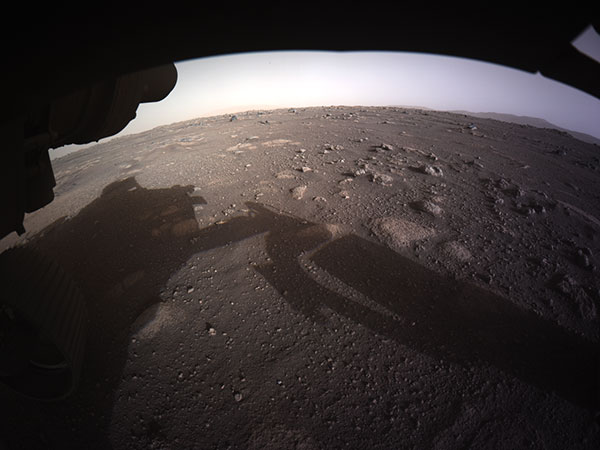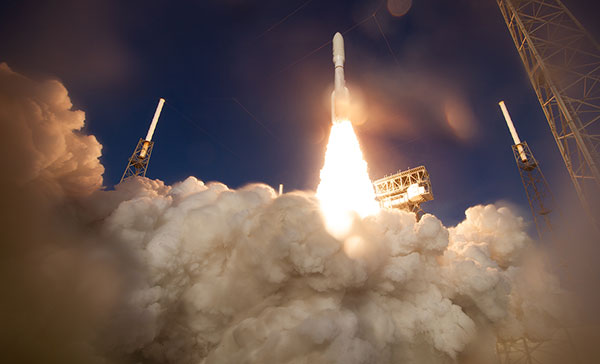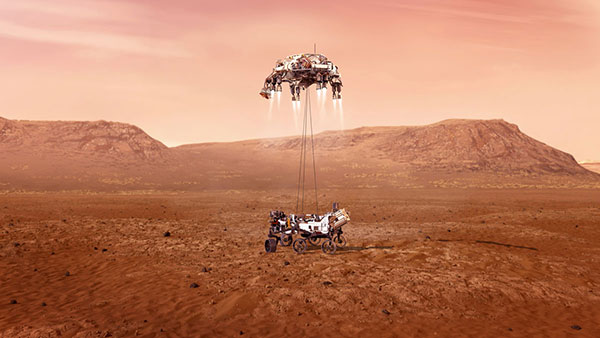
A team of Sandia scientists and engineers, led by Daniel Clayton, worked tirelessly since 2016 to assess the launch risks and ensure the safe launch of the Mars 2020 rover Perseverance last July.
Using Sandia’s state-of-the-art supercomputers, they assessed the various risks posed by the rover’s radioisotope thermoelectric generator in the unlikely event of a catastrophic accident during the launch of the rocket carrying Perseverance. The radioisotope thermoelectric generator powers Perseverance’s vital scientific instruments throughout the frigid Mars nights and is built with a rugged, multilayer containment system to minimize the risk of releasing radioactive material.

The safety assessment team ran mechanistic-based computer models of various potential launch accidents, validated with experimental data from smaller-scale tests and previous launch accidents. These smaller-scale tests included burning solid rocket fuel at Sandia’s Thermal Test Complex and impact tests conducted at Sandia’s Rocket Sled Track and Los Alamos National Laboratory.
Identifying risk sources

“The results of the assessment are used to identify the main sources of risk, allowing us to reduce the overall risk of the mission before launch,” said Daniel. “Right after the launch, I felt a great sense of relief and excitement that everything went the way it was supposed to. Even though our job was to look at what would happen if things went wrong, we really wanted everything to go right. Then when Perseverance landed, the team and I felt a great sense of accomplishment that our analysis helped make this mission possible.”
The Sandia-led safety assessment team collaborated with experts from Los Alamos, Idaho and Oak Ridge national laboratories; NASA’s Jet Propulsion Laboratory and Kennedy Space Center; and the University of Dayton Research Institute.
Their work, in the form of a Final Safety Analysis Report, was reviewed by DOE, NASA, Environmental Protection Agency, Department of Defense and others, before being eventually briefed to the Office of the President in early 2020. This paved the way for Perseverance’s launch on July 30, and ultimately its Feb. 18 landing on the red planet.
